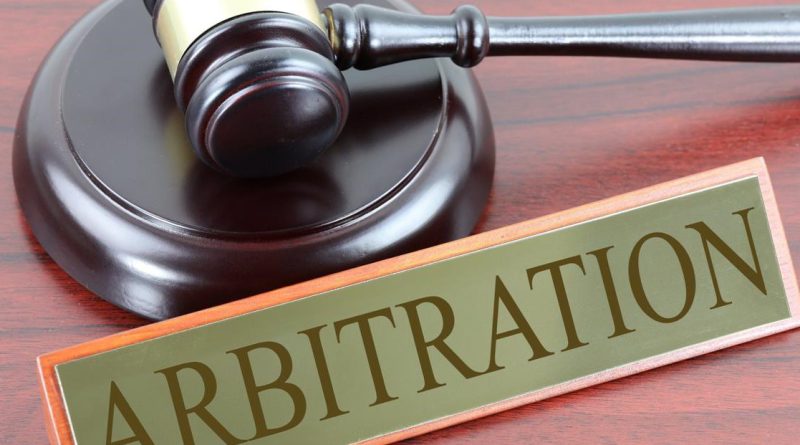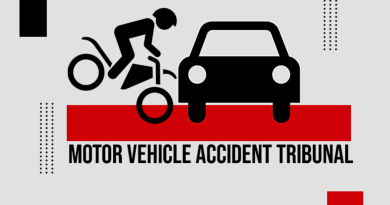Utilizing Mediation for Successful Resolution of Intellectual Property Rights Disputes.
Disputes are an unavoidable part of human interactions, ranging from personal disagreements to business conflicts. Effectively resolving these issues is essential; however, traditional litigation often entails lengthy processes, complex rules, and high costs. As William Edward Gladstone famously stated, “Justice delayed is Justice denied.” The limitations of conventional legal proceedings have led to the rise of a modern alternative: Alternative Dispute Resolution (ADR). Among the various ADR methods, mediation stands out as an especially effective option. This structured approach involves a neutral third party who helps the disputing parties communicate and negotiate towards a mutually acceptable solution. Unlike litigation, mediation is voluntary, collaborative, and prioritizes the interests of the parties over strict legal rights. Its benefits—such as faster resolutions, lower costs, confidentiality, and adaptability—make it an appealing choice.
When it comes to Intellectual Property Rights (IPR) disputes, which are often complex and technical, traditional litigation can be particularly slow and expensive. IPR covers the creations of the mind, including inventions, artistic works, designs, and commercial symbols, all protected by law to promote innovation. Given the intricacies of IPR conflicts, mediation proves to be a valuable method for achieving quick, effective, and affordable resolutions. By steering disputes towards outcomes that benefit all parties, mediation not only tackles the technical aspects but also encourages ongoing creativity and economic development. This essay will examine the role of mediation in resolving IPR disputes, emphasizing its advantages and effects in contrast to traditional litigation.
Disclaimer: (Only the headline and picture of this report may have been reworked by the KanoonKiBaat staff; the rest of the content is auto-generated from a syndicated feed.)
Source Link





